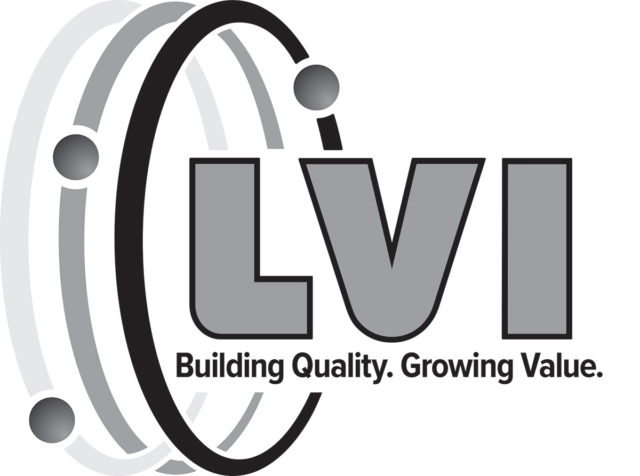Of all the things a place can be known for – famous bands, art museums, sports teams – the small town of Geel, Belgium, is world-renowned for its mentally impaired residents. In the center of the village stands St. Dymphna’s church, supposedly containing the saint’s remains.
According to legend, Dymphna was an Irish princess in the 7th century that went to Geel to escape her insane father. There, in her new home, she devoted herself to serving the needs of the mentally disabled.
Although her father eventually tracked her down by the coins she used to build hospices for the sick (subsequently beheading her), by the 14th century the town had become a pilgrimage site for those with mentally ill or handicapped family members. Sometimes those family members were left behind at the church.
With nowhere for the abandoned to go, they ended up on local farms. Although there are some accounts of abuse, the arrangements were generally considered mutually beneficial. Farmers made use of the extra labor, and the mentally impaired (now called “borders” in Geel) typically thrived in the normalized family environments and the sense of purpose that came with farm work.
The custom of the locals taking in the mentally disabled continued throughout the centuries, and in the 19th century a medical care center was founded to serve the needs of borders.
The approach to mental health in Geel was radically different to the standard insane asylum, which sought to remove the mentally ill from the general population. By 1930, one-quarter of the town’s inhabitants consisted of these adopted guests.
The romantic claims of farming are familiar: a wholesome way of living, the benefits of working outside, that it makes a person stronger both physically and mentally. It always seemed that when we cut hay by our neighbor’s house, he would go outside and mow his lawn.
I suspect that it was so he could share in the farming act as well. Still, there appears to be truth to the personal benefits of farming. The custom of Geel in many ways predated what is now termed social farming (sometimes called care farming).
The idea of social farming is that individuals in need can be empowered by participating in the act of agriculture. It occurs all around the globe and in very different ways. In addition to the mentally impaired, services on farms are organized for drug addicts, at-risk youth, diverse types of offenders, the physically disabled, burnout victims and those experiencing various forms of social inclusion.
Examples can range from the Forget Me Not Farm in California that helps children bond with animals in order to help break the cycle of abuse, to the Sólheimar Ecovillage in Iceland where about a hundred people – both with and without disabilities – live and farm together in a community. There are countless examples where the restorative and enabling effects of farming are being put to use.
Ever since the 1970s, some mothers in Italy can leave their children at an agri-asilo, a nursery school on a farm. Instead of receiving a traditional indoors education, the bambini spend time with the animals and incorporate lessons on where food comes from with their standard instruction.
The children may watch or assist in some of the farm chores or help plant a small vegetable garden. The agri-asilo may serve one of two functions, depending on its location. If the farm is situated in a peri-urban environment close to a city or metropolis, it allows parents to give the child an upbringing that includes experiences away from “the concrete jungle” and closer to nature.
More often, however – and like many examples of social farming – the agri-asilo is in a rural place and provides child-care services that may not otherwise be accessible in that area.
Studies have shown that social farming has also benefited farmers. As the size of agricultural operations increase all over the globe, social farming has provided many in the industry a means to maintain a small farm and still be profitable.
In Europe, it is part of the concept of “multi-functional agriculture” that policies often try to support, which focuses on all the non-commodity benefits a society receives from farming.
Providing social services for their community has allowed many farmers to receive additional income and a way for other members of the family to participate on the farm. In the meantime, not only is it promoting the education and benefits of agriculture to a non-farming population but serving the needs of their communities as well.
Today, there are still about 500 mentally impaired borders living with the locals of Geel although, due to the consolidation of agriculture, most of them are not on farms. Still, the practice of combining farming with social needs is alive and growing. Various enterprises, such as the European Network for Rural Development’s “Social Farming Thematic Initiatives” and other non-profit and governmental agencies, are working to build the financial and institutional support to aid such farms.
European governments, in particular, are becoming increasingly enthusiastic to support such measures, as it represents an opportunity in which both farmers and their communities can work together for the common good. ![]()
Ryan Dennis is the son of a dairy farmer from western New York and a literary writer. The Dennis family dairies and maintains a 100-plus cow herd of Holsteins and Shorthorns.





